
Written by Anis Rozalina
Camping in a tropical rainforest carries with it some special challenges, but as Anis Rozalina discovered, provides some equally rewarding memories, as well. Join her as she sets off into the dense Malaysian jungles and takes to the Keniam River in search of a particularly prized freshwater fish.
In mid-April this year, just a week after turning 41, I ventured with some trepidation into the hinterlands of Malaysia’s Taman Negara Pahang, virgin jungle reputed to be older than the Amazon Rainforest, for my first camping trip. My destination was the Keniam River, one of the tributaries that flowed into Taman Negara’s main artery, the Tembeling River. It was deep territory well-known among dedicated anglers as the Holy Grail of the much-prized, and rather elusive, kelah or red mahseer.
There would be no comforts to lull me to sleep, no rooms for privacy, and most of all – the source of all my worries – no well appointed washroom in which to answer the call of nature. It would be all water, dirt, and leeches – they call it the great outdoors! I wondered how I would survive four nights in the Malaysian jungle.
Star of an Adventure
My adventure started at Kuala Tahan jetty where we boarded a “ferry” – a longboat with a roof – and whizzed upriver along the broad Tembeling River for about two hours. The impact of the great flood earlier in the year was shocking – uprooted trees had been turned upside down (mind you, these were mature, sturdy trees with circumferences you could not wrap your arms around), a boat was stuck in the upper branches of the canopy (how high the waters had risen!), and erosion had damaged the river banks leaving layers of rock and root exposed, ultimately changing the lay of the river. It was definitely not a pretty sight.
When we reached the mouth of the Keniam River, we switched to a narrower longboat fitted with a smaller propeller that would enable us to navigate the shallower waters. This two-hour boat ride took us past scenic panoramas of lush green trees towering above, on which we spotted eagles and other colourful birds, and in the river, the toman, or giant snakeheads, flitting by. We also came across a couple of Orang Asli villages and waved to the womenfolk and children splashing about in the river.
The Keniam River had some small rapids but was mostly just ankle-deep, requiring us to get down and push the boat along as the underside of the boat scraped against the rocky bottom. Trees on either side of the riverbank converged in a thick canopy above, sheltering us from the heat of the midday sun. It felt almost otherworldly.
We finally arrived at the fifth and uppermost campsite of the Keniam River, a narrow passage of water flanked by smooth solid rocks, beyond which mature trees towered and the jungle spread deep. The water ran clear, spilling over some rocky boulders, while in some parts, it was a deep greenish hue, still and seemingly bottomless.
We pitched our tents complete with ground and fly sheets on higher ground. And this became home for the next few nights for our group of eight adults and two children, accompanied by six very able-bodied nature guides cum boatmen.
The Group and the Guides
A little about our guides: As soon as the flood had receded in early March, our guides had been busy bringing in anglers into the jungle. Each camping cum fishing trip lasted about five days with just a day’s rest in between. Most of them hadn’t seen their families for weeks and had even considered the jungle more of a home! Looking at the relatively nice campsite along the Keniam River, it was evident that this was a home-away-from home for these guys. They had pitched a huge canopy for their open-air sleeping quarters overlooking one of the best views of the river; fashioned thick bamboo into a dining table and stovetop in the “kitchen” where meals were prepared; and selected a section of the river as the designated bath! They knew the jungle and the river like the back of their hand, and I was confident that we were in able hands.
The group I camped with were friends who were nature lovers and avid anglers. Their mission was singular – to catch as many kelah as they could. I was told that Chinese restaurants charged upwards of RM1,000 for a meal prepared with the kelah – they were definitely much-prized for their soft tender flesh and edible scales. Given my friends’ track record and experience in freshwater fishing (and seeing the gear they brought along), I was confident that we would soon be dining on thousand ringgit fish every night that we were there.
Every morning, the group would leave the campsite early with the guides to seek out fishing spots known to be home to the kelah, returning only in the evening to prepare the day’s catch for dinner. Their fishing modus operandi varied – some employed a kind of fly fishing technique where the line was gracefully whipped onto the river’s surface; others preferred to find a quiet spot in the shade for still fishing (or fishing without moving the bait once it had been cast) where they could wait patiently for the fish to bite; still others would just set up their line by the river and leave, returning – somewhat frantically – only when a bell attached to the rod tinkled madly to signal a possible catch.
Lures and baits were discussed seriously during dinner. While the typical bait consisted of palm oil fruit which had been fermented to yield a sour taste and smell, said to be a temptation to the kelah, there were some in the group who fashioned their own bait creations from scraps of shiny paper and so on. Dinner time was also the occasion for the guides to relax at the campsite and regale each other with their past angling adventures. But we could only take so much bragging, so after a while, out came the poker cards and the ukulele and flute. Finally, close to midnight, they dropped everything to pack up a small tackle box and trek upriver to fish in the dark.
The weather throughout our stay was good with occasional showers in the afternoons. This however, did not deter the anglers from their mission. The group looked forward to the challenge of hooking a good-sized fish; anything above a kilogram would guarantee them bragging rights! They say that the kelah, though elusive in the deep dark parts of the water, displays a great fighting spirit when hooked, giving a worthy fight to the angler before conceding defeat.
The Keniam River’s many still pools and shady spots are said to be the perfect home to the kelah, but tempting the fish to take a bite and landing one once hooked, is another matter. However, on this trip, the fish were simply not biting. The kelah are reputed to be a relatively intelligent species of fish, and perhaps they were smart enough not to take the bait this time. The groups that had come before us were similarly disappointed and our boatmen offered a theory that was plausible – perhaps the unusual floods early in the year had carried the fish further away from their regular nesting sites at the Keniam River.
Nevertheless, the fishermen in our group consistently brought home enough fish to guarantee that we would all be well-fed during our stay. A couple of species of fish were on the menu each night, cooked in a variety of ways – masak gulai tempoyak (with fermented durian fruit and some chillies), grilled, masak asam (a spicy and sour broth), and simply fried with turmeric and salt. On one night, we even had river snails cooked in a creamy coconut gravy. Consuming these required some work involving a certain technique of alternate sucking on one end of the shell and blowing into the other to coax the delicate flesh to slip out. Delicious Malaysian escargot!
In the end, the camping trip to Taman Negara’s Keniam River was an unforgettable experience, a natural trip of a lifetime. And that bit that I was most apprehensive about, well, it turned out that answering the call of nature in the wild was perhaps the most liberating experience of my life!
Read more:
- Kota Bharu’s Riverside
- A Journey to Ayutthaya via the Chao Phraya River
- The River Of Life Project in Kuala Lumpur
Source: Senses of Malaysia November-December 2015
"ExpatGo welcomes and encourages comments, input, and divergent opinions. However, we kindly request that you use suitable language in your comments, and refrain from any sort of personal attack, hate speech, or disparaging rhetoric. Comments not in line with this are subject to removal from the site. "

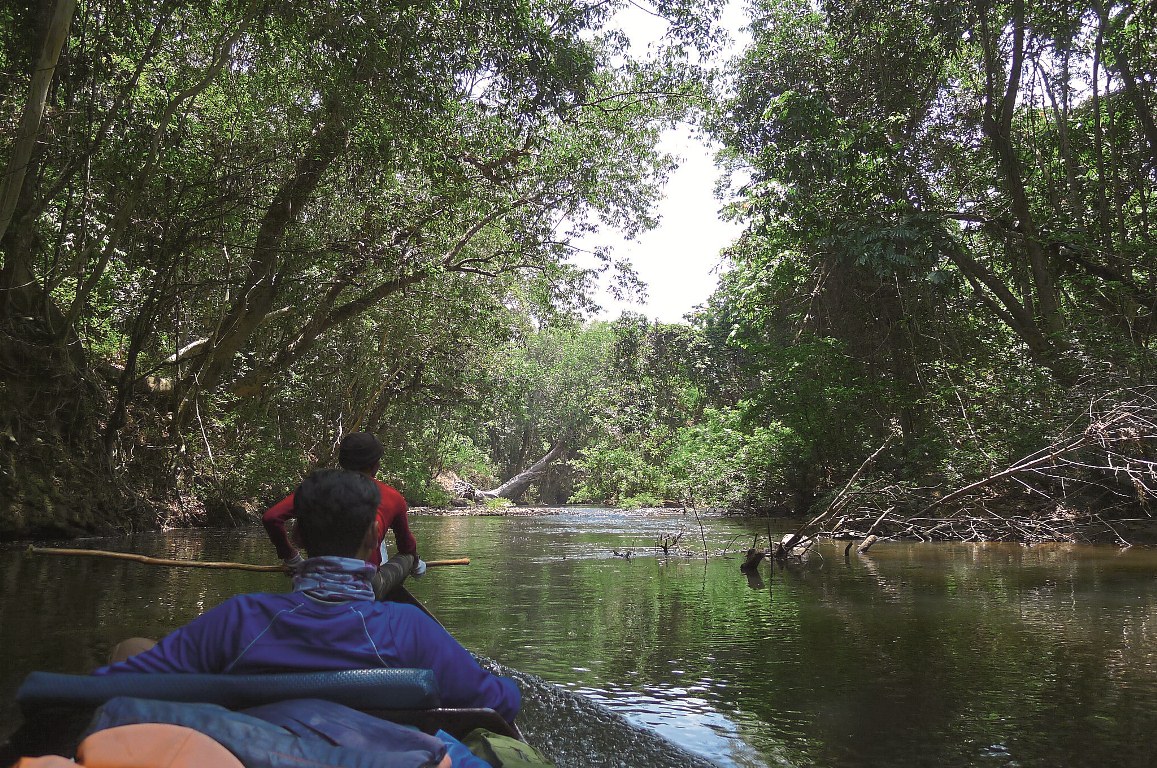

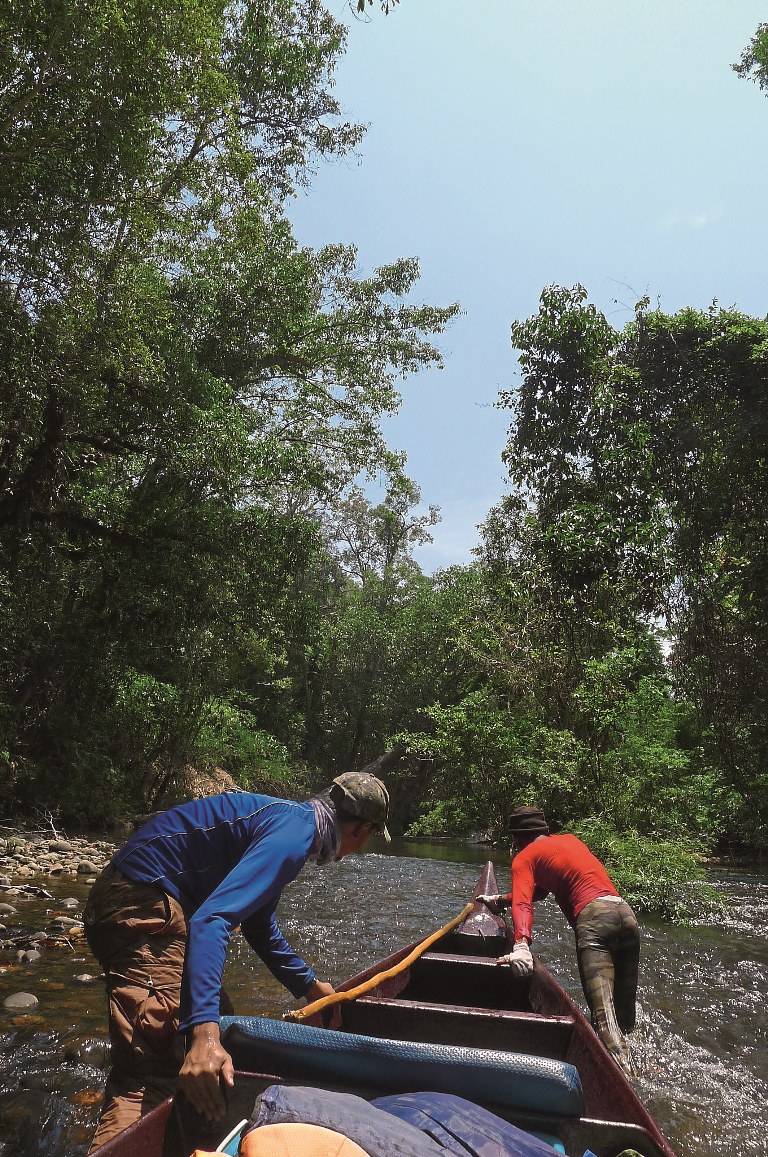
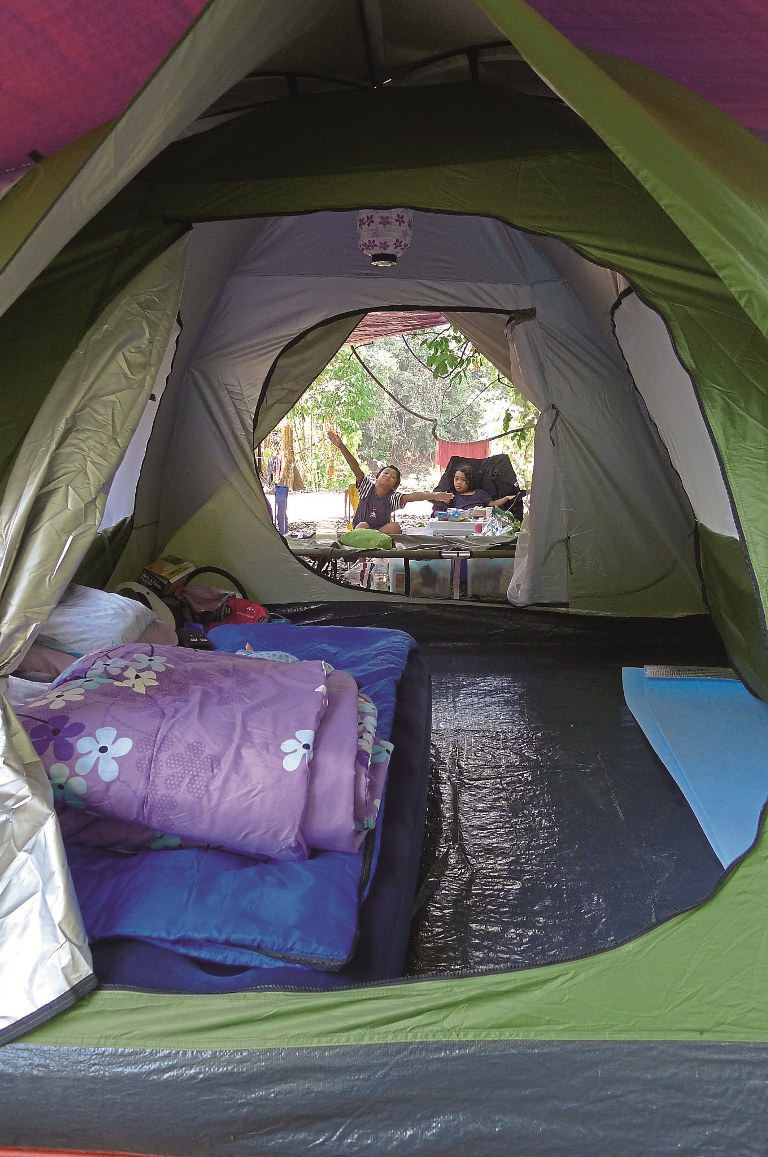
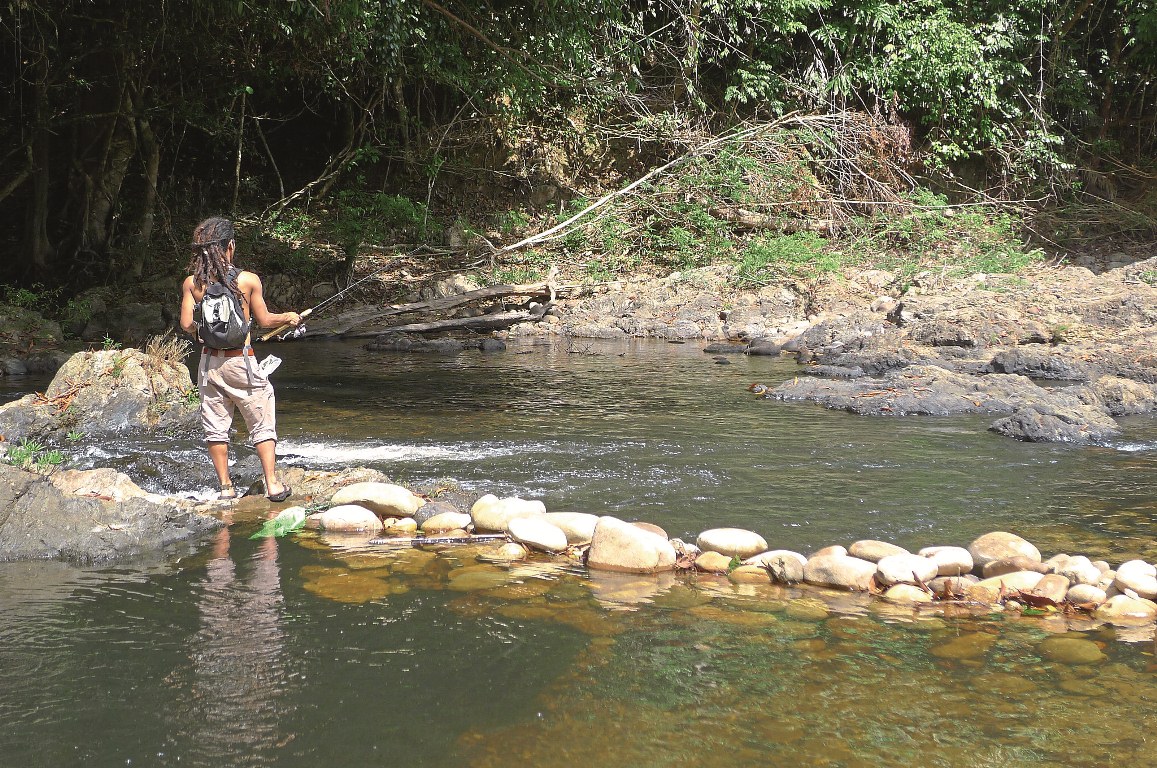
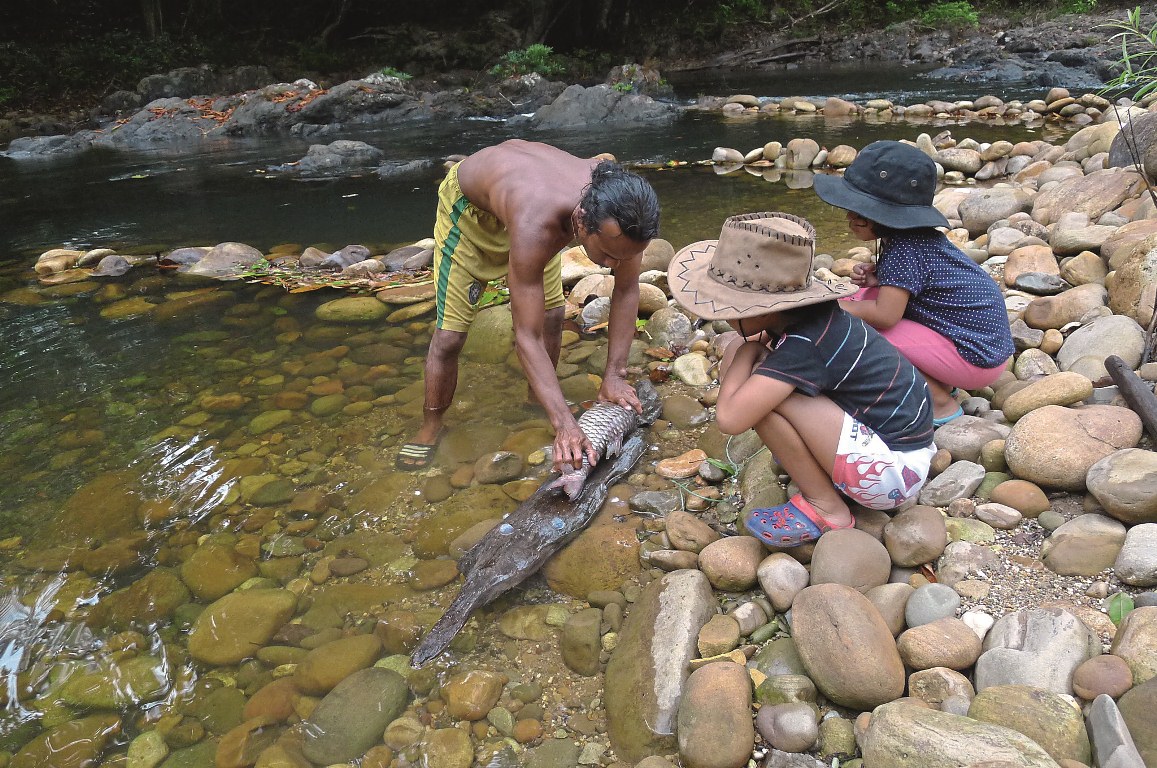









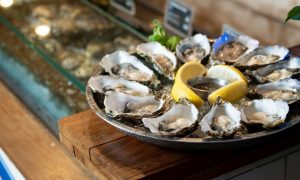











So nice, it’s really a place to be…..
Jocelyn Koay
Neesha Avalani Shobie Malani lets do this soon